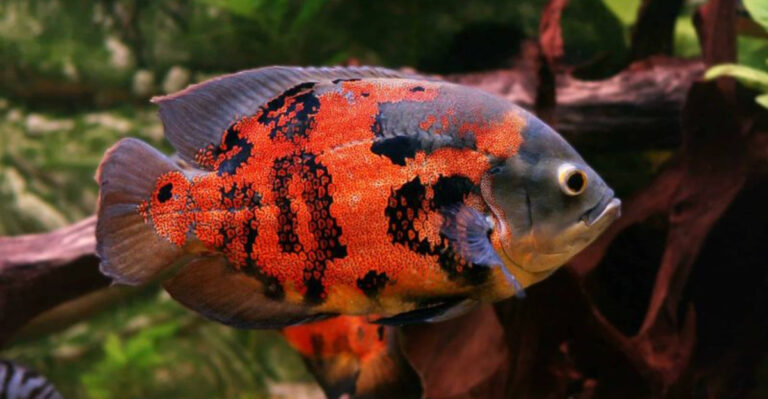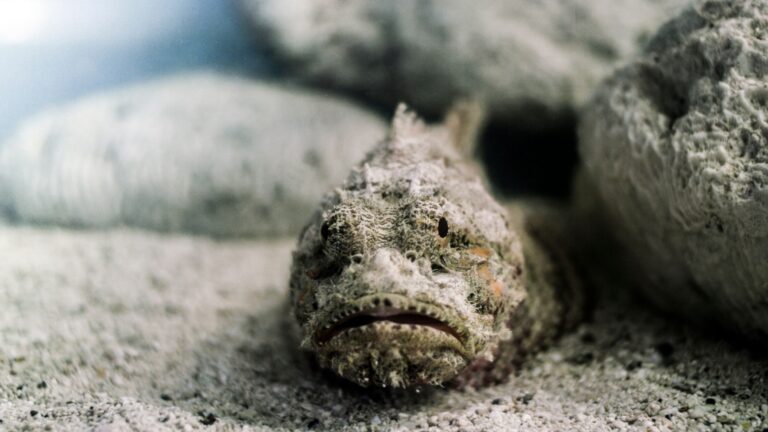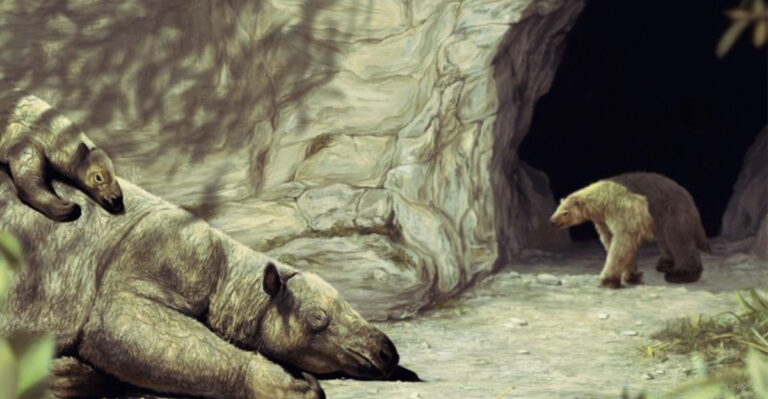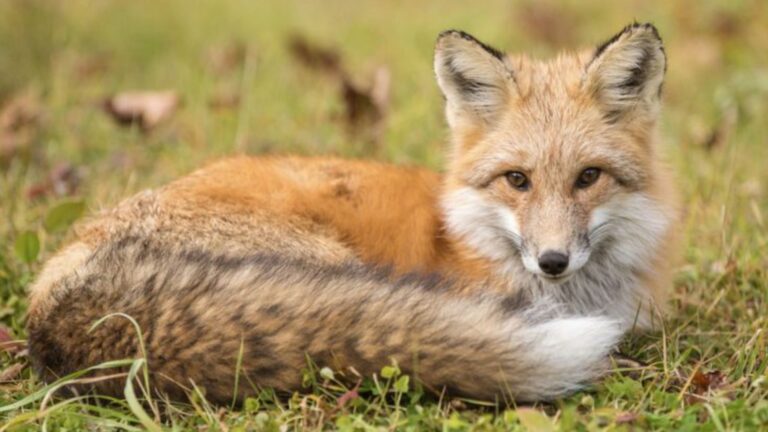19 States Where Coyotes Roam Free
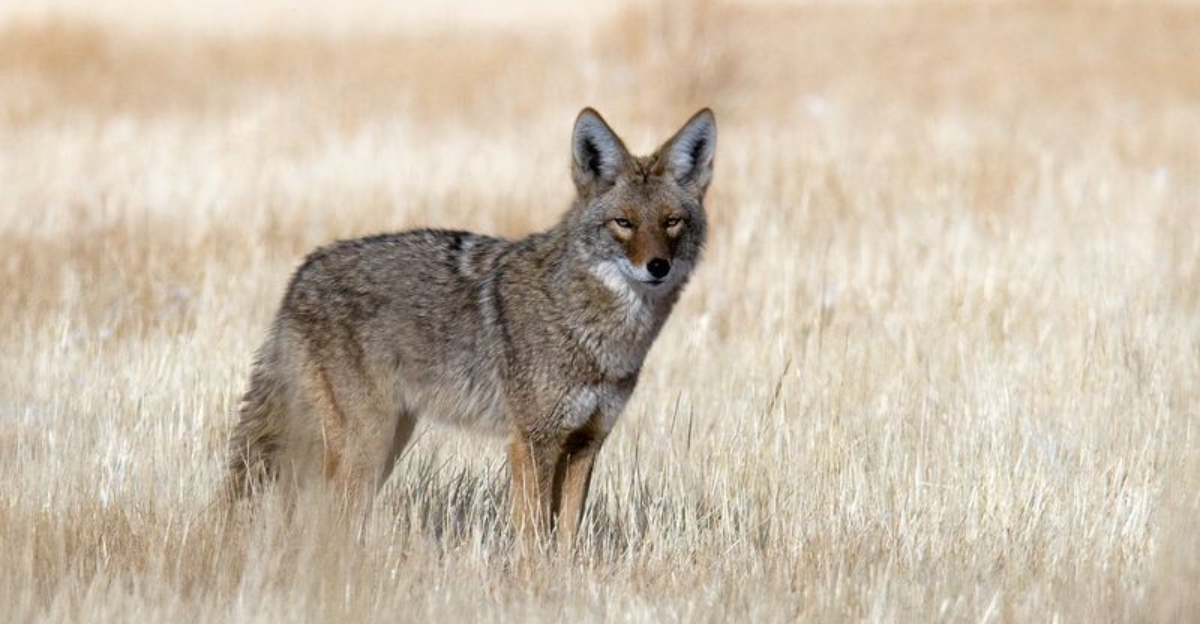
Coyotes, known for their adaptability and cunning nature, have made themselves at home in various landscapes across the United States. These resourceful creatures thrive in diverse environments, from arid deserts to bustling urban areas.
Here are states where coyotes roam freely, offering a glimpse into their varied habitats and behaviors. As you journey through these regions, you’ll discover the unique characteristics that make each state a haven for these wild canids.
Join us as we delve into the world of coyotes and the states they inhabit, offering insights and interesting facts along the way.
1. California
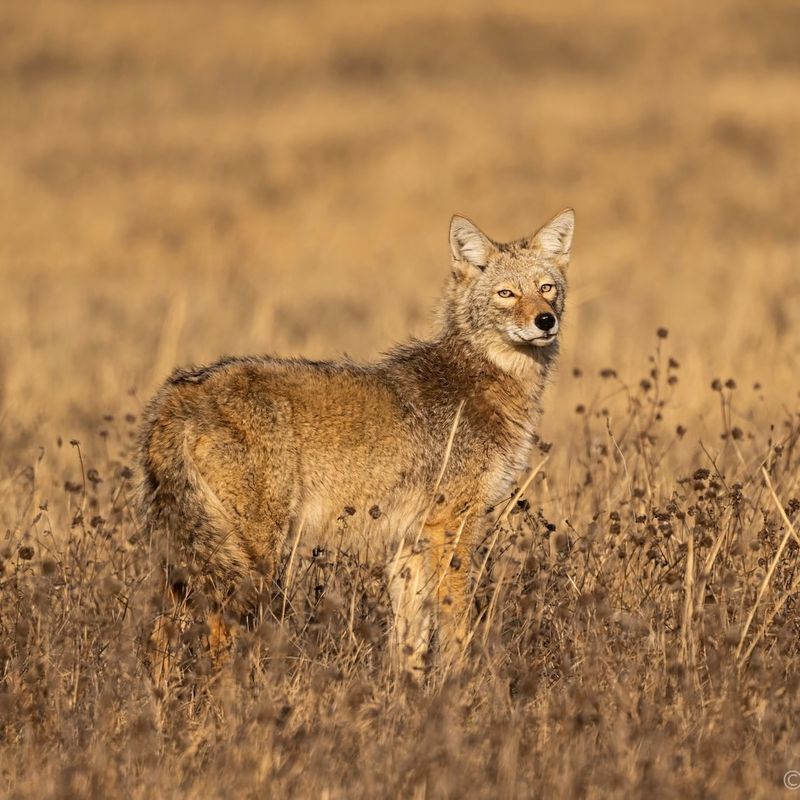
California’s diverse ecosystems provide an ideal habitat for coyotes. From the arid deserts to the lush coastal areas, these adaptable animals thrive throughout the state.
In urban areas like Los Angeles, they’ve become a common sight, often seen trotting through neighborhoods. Coyotes have even been spotted on beaches, showcasing their resourcefulness in seeking food and shelter.
Their howls and yips are a familiar sound across Californian nights, reflecting their established presence in the state’s varied landscapes.
2. Texas
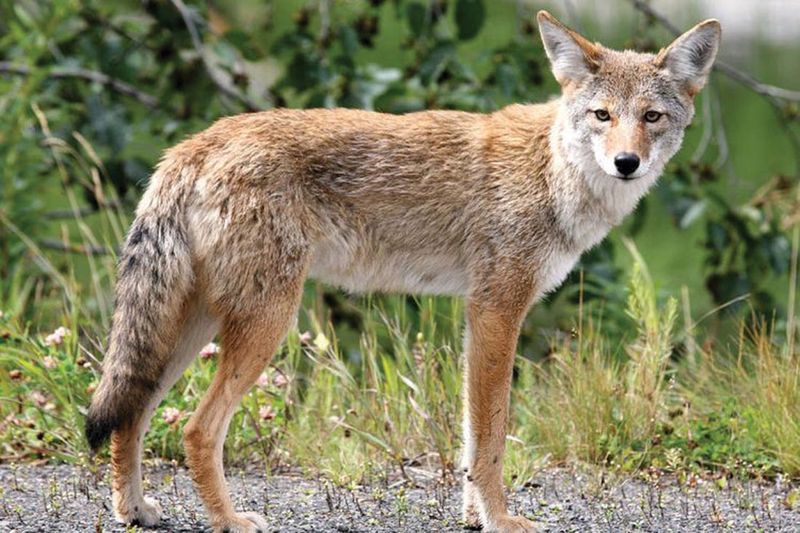
Texas offers a vast range of terrains for coyotes to roam. From the rolling plains to dense forests, these animals have adapted well to different conditions.
In rural areas, they play a crucial role in controlling rodent populations, while in cities like Austin, they’ve learned to coexist with humans.
Coyotes in Texas are known for their resilience, thriving in both natural and urban environments, often seen near highways or on the outskirts of towns.
3. Arizona
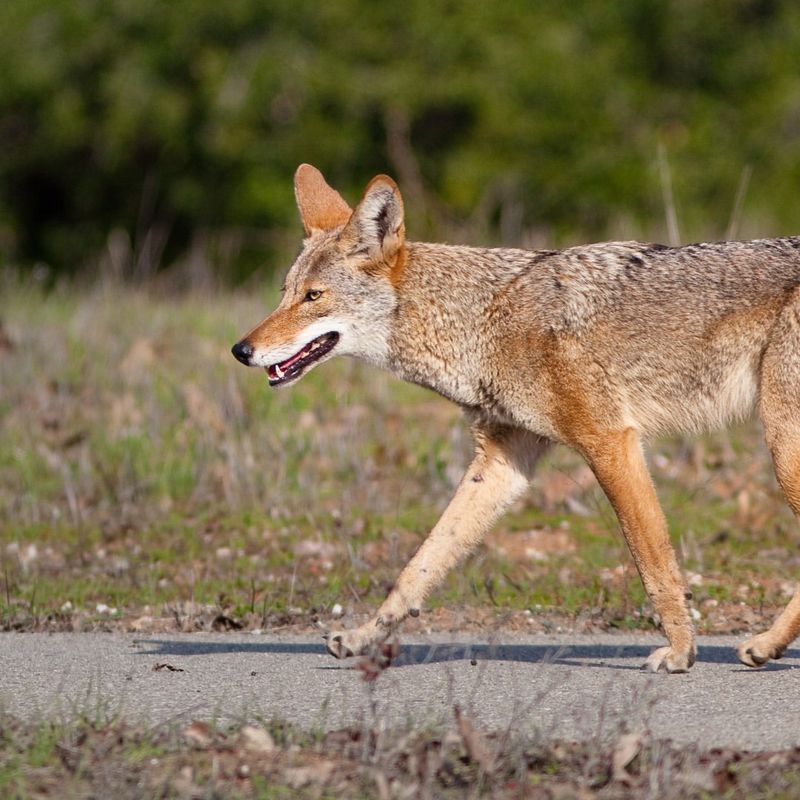
In Arizona’s harsh desert climate, coyotes have proven to be incredibly adaptable. They navigate the rugged terrain, often seen among the towering saguaro cacti.
Their ability to find water and food in this arid environment speaks to their survival skills. Arizona coyotes are known for their opportunistic feeding habits, which include hunting small animals and scavenging.
In suburban areas, they are occasionally spotted near golf courses and parks, blending seamlessly into the human landscape.
4. Colorado
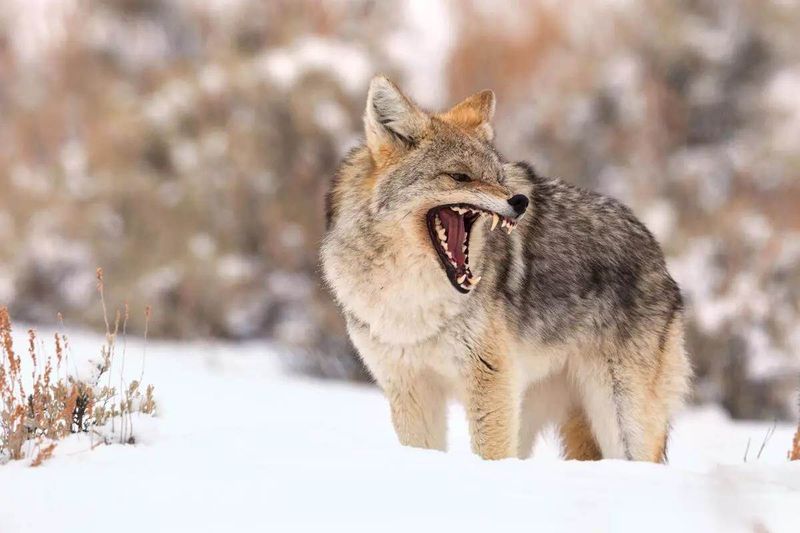
The Colorado Rockies provide a stunning backdrop for coyotes, who are well-equipped to handle the cold and mountainous terrain. These animals are often seen trotting through snow-covered landscapes, their thick fur providing insulation.
In lower elevations, they inhabit open fields and forests, where they hunt for small mammals. Coyotes in Colorado showcase adaptability, thriving in both alpine and woodland environments, sometimes wandering into ski resorts during winter months.
5. New Mexico
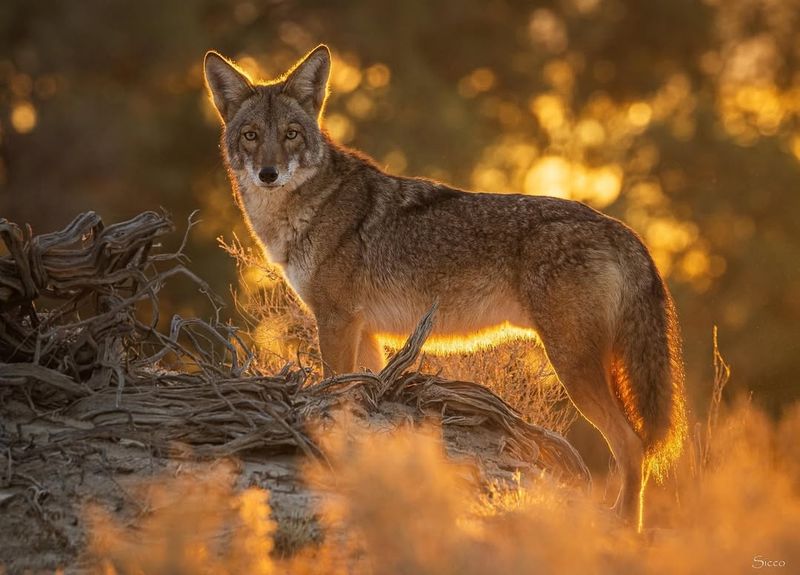
New Mexico’s desert landscapes offer a challenging yet rewarding environment for coyotes. These animals navigate the red rock formations with ease, showcasing their agility and endurance.
Their presence is integral to the ecosystem, as they help control populations of rodents and other small animals.
In more developed areas, coyotes have adapted to urban life, often seen near schools and parks, where they scavenge for food.
6. Nevada
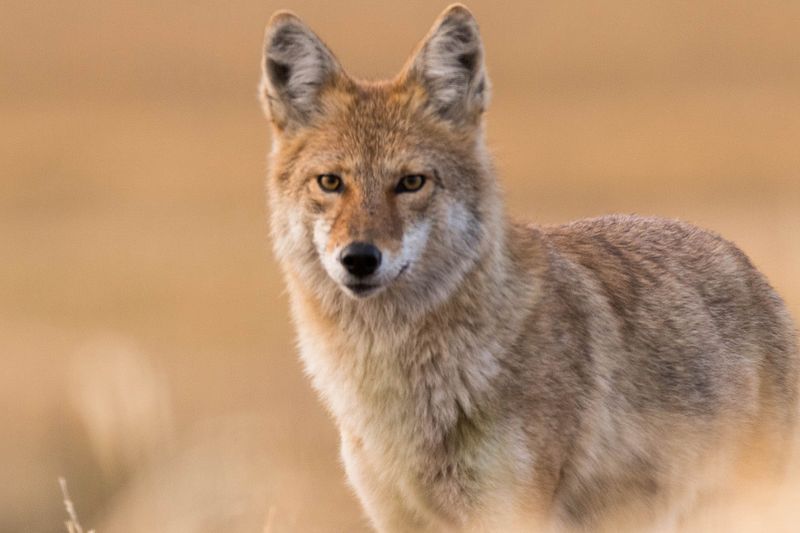
Nevada’s vast desert expanses are home to a thriving coyote population. These animals are well-suited to the dry, open landscapes, where they hunt and scavenge.
The state’s remote areas provide ample space for coyotes to roam freely, often seen in the shadows of towering mountain ranges.
In Las Vegas, coyotes have been spotted in the outskirts, adapting to the urban environment while maintaining a cautious distance from humans.
7. Utah
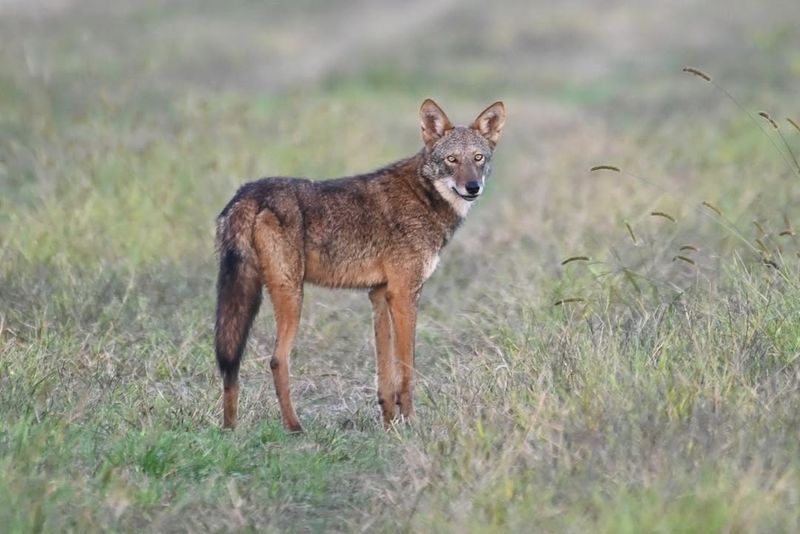
Utah’s dramatic landscapes, featuring canyons and plateaus, create a striking habitat for coyotes. These animals are adept climbers, often seen navigating the rocky terrain with ease.
In the state’s national parks, they are a common sight, drawing interest from tourists. Coyotes in Utah play a critical role in the ecosystem, aiding in controlling prey populations and maintaining balance within their habitats.
8. Oregon
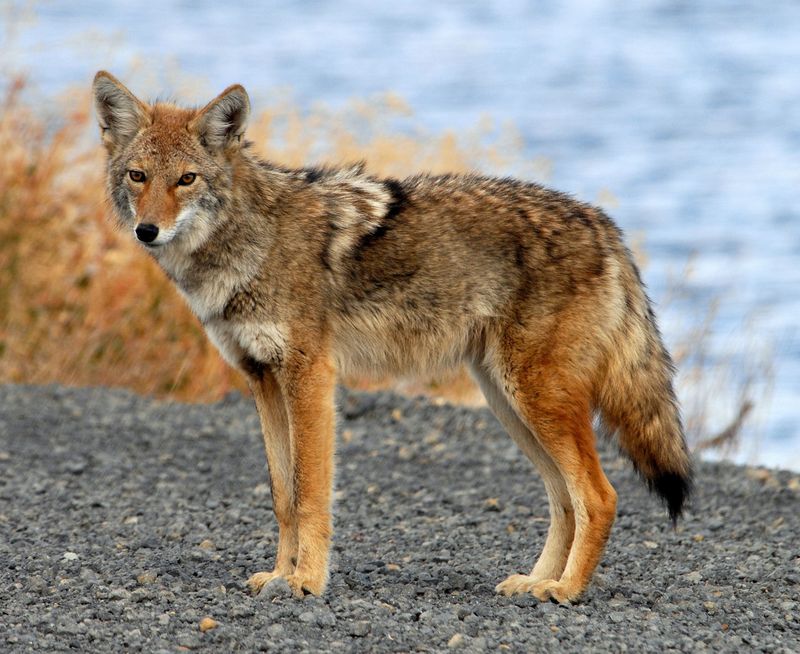
Oregon’s lush landscapes offer a varied habitat for coyotes, from dense forests to open fields. These animals thrive in the state’s temperate climate, finding ample food sources in both rural and urban areas.
In the suburbs of Portland, coyotes are frequently observed, often seen foraging in parks and green spaces. Their adaptability and resourcefulness allow them to flourish throughout Oregon, contributing to the state’s rich biodiversity.
9. Washington
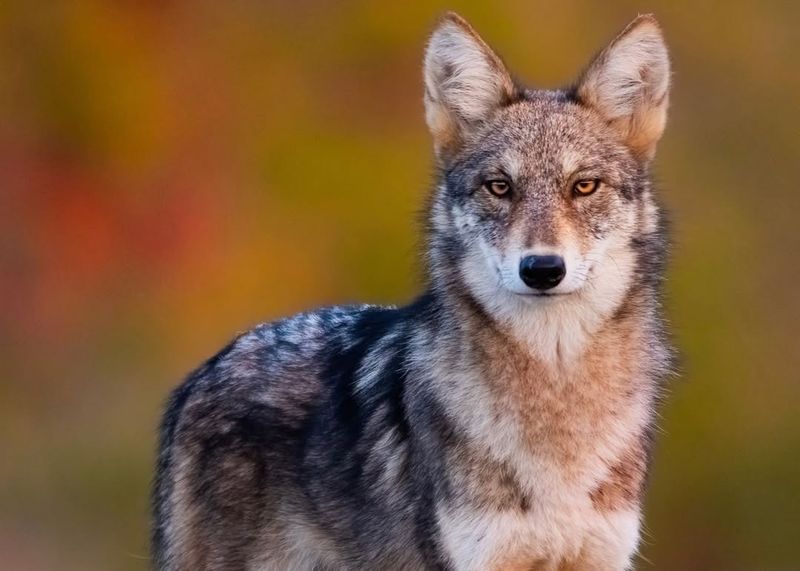
Washington’s evergreen forests and mountainous regions provide a lush environment for coyotes. These animals are skilled hunters, often seen in the misty landscapes, navigating through thick underbrush.
In areas like the Cascades, they are a key part of the ecosystem, preying on small mammals and birds. Coyotes in Washington have also adapted well to urban settings, frequently observed in the outskirts of Seattle, where they find food and shelter.
10. Idaho
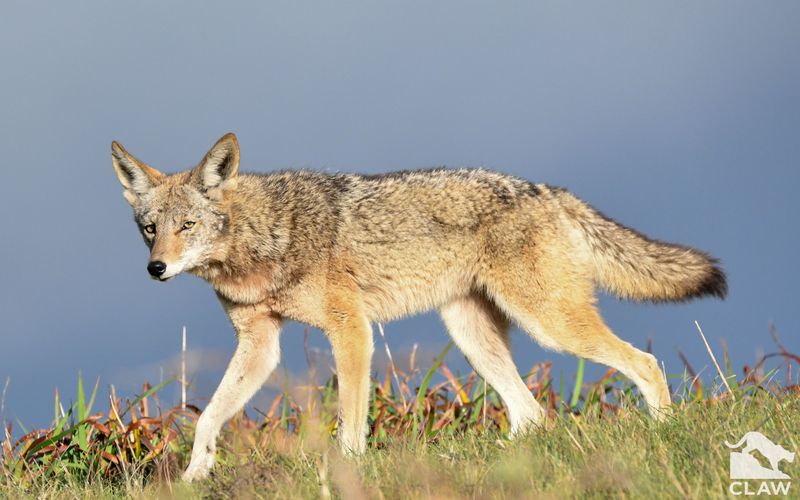
Idaho’s vast wilderness areas are perfect for coyotes, who are adept at surviving in the state’s diverse ecosystems. These animals are commonly found in open fields and forests, where they hunt for small prey.
In the state’s mountainous regions, coyotes are often seen trotting through the rugged terrain, showcasing their endurance and adaptability.
Their presence is crucial for maintaining the ecological balance, as they help control populations of rodents and other small animals.
11. Montana

Montana’s open plains and rugged landscapes are ideal for coyotes, who thrive in these expansive environments. These animals are frequently seen in the state’s rural areas, where they hunt and scavenge.
In the vast grasslands, coyotes play a vital role in the ecosystem, keeping rodent populations in check. Their presence is a testament to Montana’s rich biodiversity, offering glimpses of wildlife for those who venture into these untamed areas.
12. Wyoming
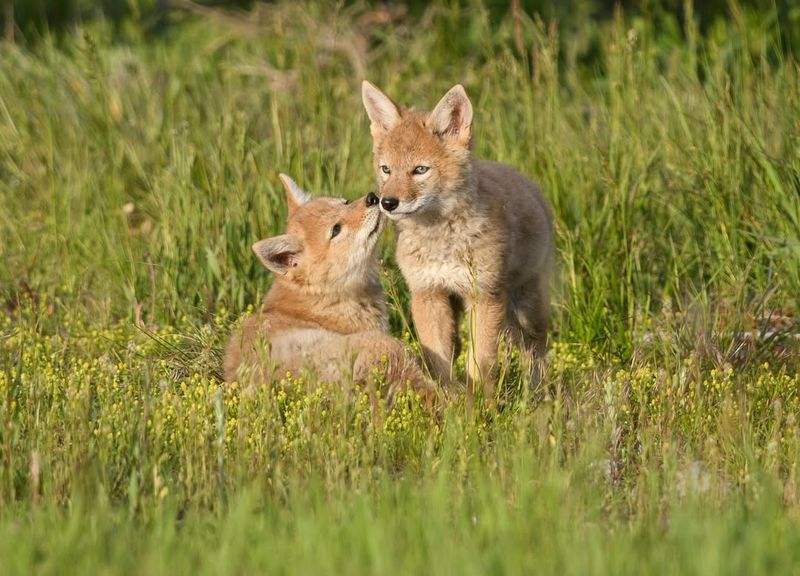
Wyoming’s national parks provide a stunning setting for coyotes, who have adapted to the state’s harsh winters and rugged terrain. These animals are often seen near geysers and hot springs, seeking warmth in the colder months.
In the open plains, they hunt for small mammals, showcasing their keen senses and hunting skills. Coyotes in Wyoming are integral to the park’s ecosystem, contributing to the natural balance and diversity.
13. Kansas
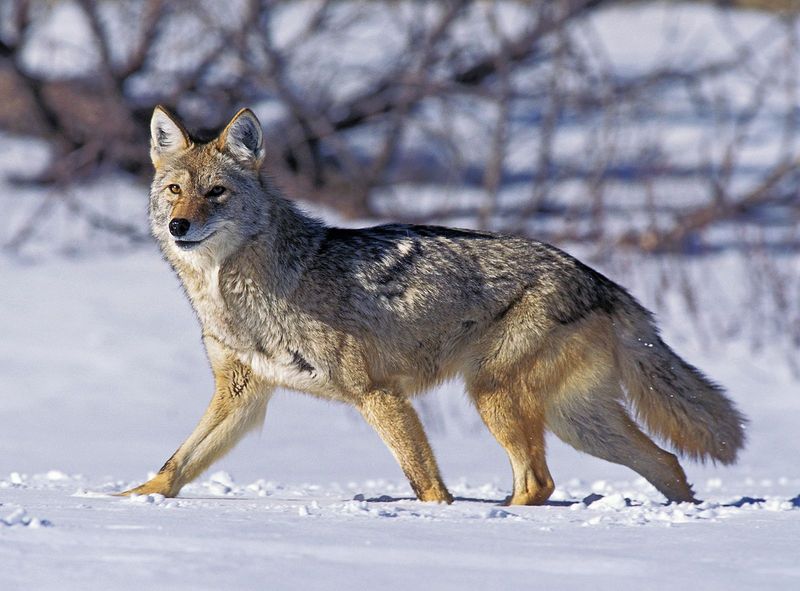
Kansas’ rolling prairies and open fields offer a perfect habitat for coyotes, who roam freely across the state’s rural landscapes. These animals are often seen in agricultural areas, where they help control pest populations.
In the state’s grasslands, coyotes thrive, hunting for small mammals and birds. Their presence is an essential part of the ecosystem, maintaining balance and contributing to the natural beauty of Kansas’ expansive outdoors.
14. Nebraska
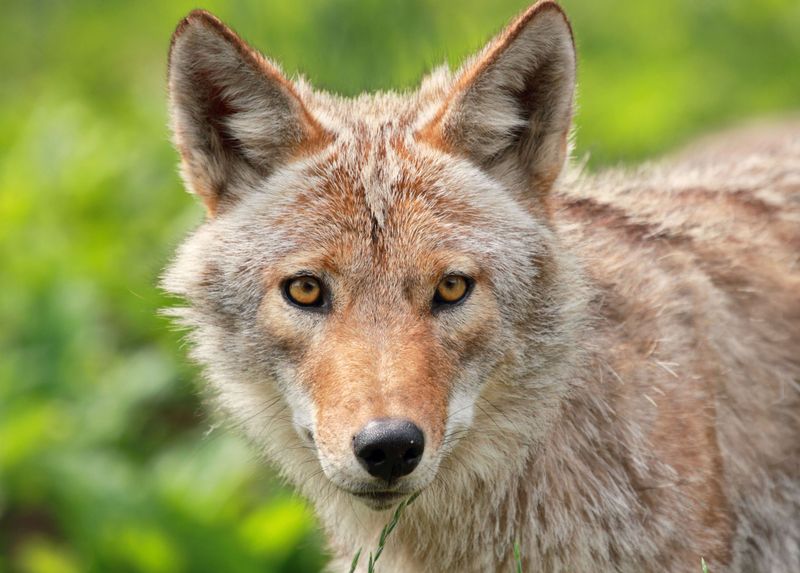
Nebraska’s prairies and agricultural lands provide a supportive environment for coyotes. These animals are often seen near cornfields, where they hunt for rodents and other small prey.
In rural areas, coyotes are an important part of the ecosystem, helping to maintain the natural balance. Their adaptability allows them to thrive in both natural and agricultural settings, contributing to Nebraska’s rich biodiversity and offering glimpses of wildlife in everyday life.
15. Oklahoma
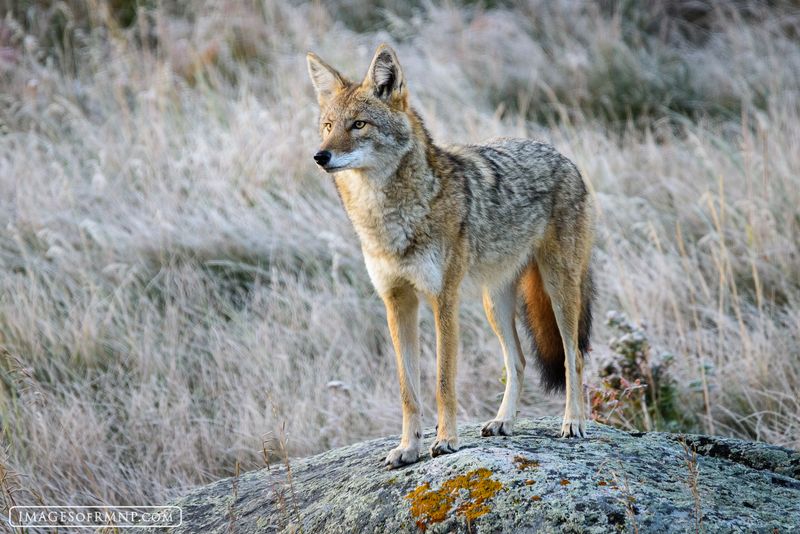
Oklahoma offers diverse habitats for coyotes, from open plains to wooded areas. These adaptable animals are often seen in rural landscapes, where they play a key role in controlling pest populations.
In the state’s grasslands, coyotes thrive, hunting for small mammals and birds.
Their presence is vital to maintaining the ecological balance, contributing to the natural beauty and diversity of Oklahoma’s countryside.
16. South Dakota
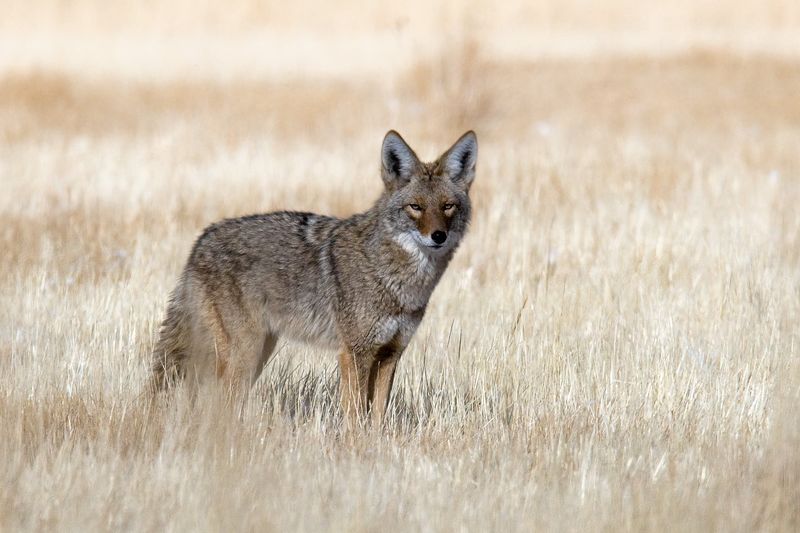
South Dakota’s Badlands present a unique habitat for coyotes, who navigate the rugged terrain with skill. These animals are frequently seen among the dramatic rock formations, hunting for small mammals.
In the state’s prairies, coyotes play a crucial role in the ecosystem, helping to control populations of rodents and other small animals. Their presence is a testament to the natural diversity and resilience of South Dakota’s landscapes.
17. North Dakota
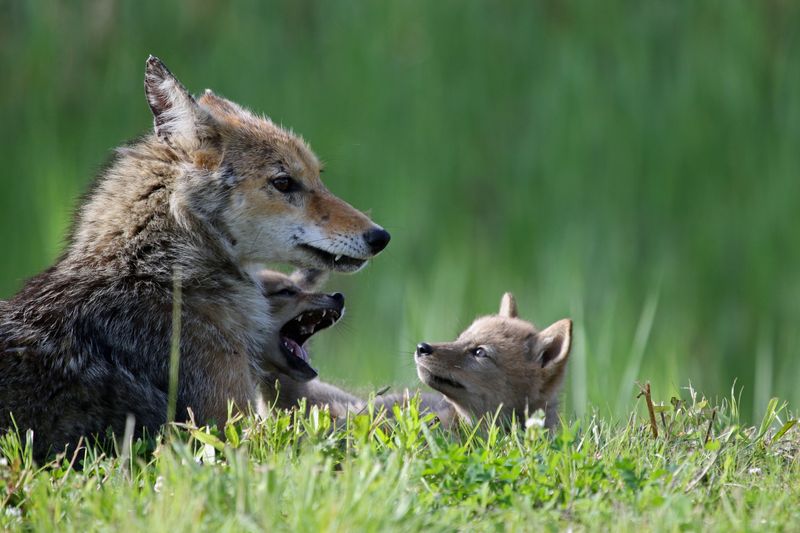
North Dakota’s rolling plains offer a vast and open environment for coyotes, who thrive in these expansive landscapes. These animals are often seen in agricultural areas, where they hunt for rodents and other small prey.
In the state’s rural regions, coyotes are an important part of the ecosystem, maintaining balance and contributing to biodiversity.
Their adaptability and resourcefulness make them well-suited to North Dakota’s varied environments, offering glimpses of wildlife in everyday settings.
18. Minnesota
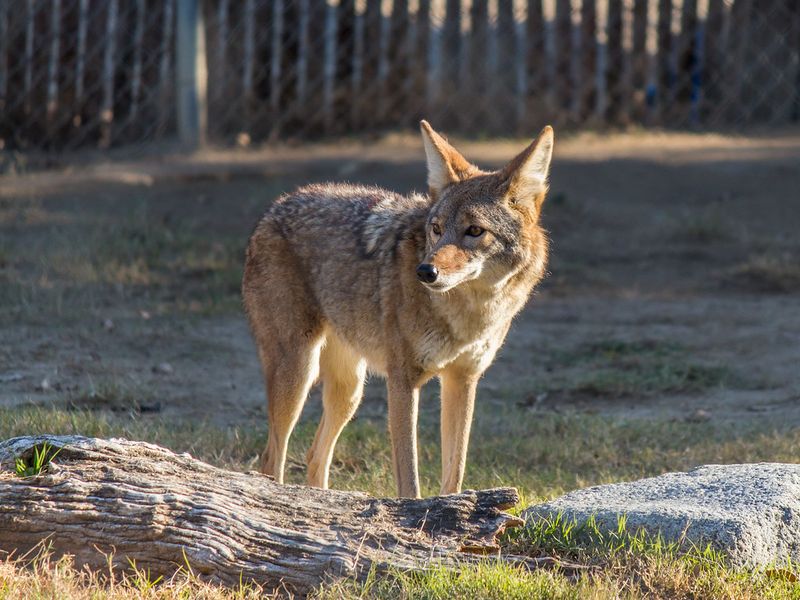
Minnesota’s forests and lakes provide a diverse habitat for coyotes, who have adapted to the state’s cold winters and varied landscapes. These animals are often seen in wooded areas, where they hunt for small mammals.
In suburban regions, coyotes have learned to coexist with humans, finding food and shelter in parks and green spaces.
Their presence in Minnesota is a reminder of the state’s rich wildlife, offering opportunities for observation and appreciation of nature’s wonders.
19. Wisconsin
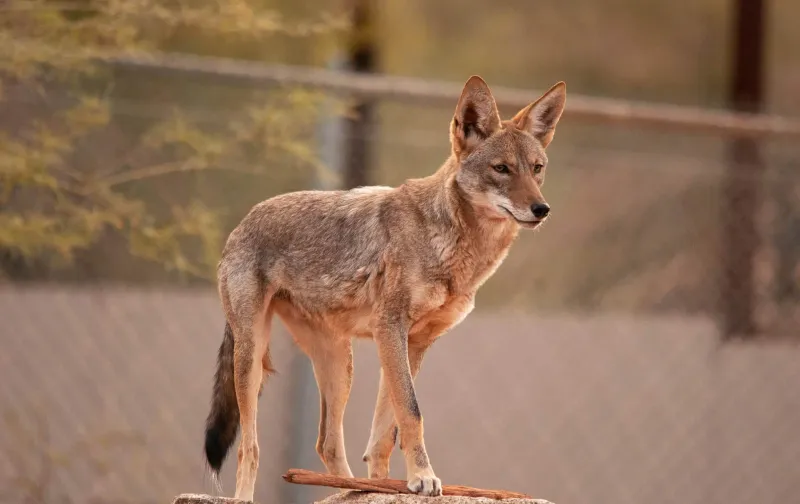
Wisconsin’s wooded areas and farmlands create a welcoming environment for coyotes. These animals are frequently seen in rural landscapes, where they hunt and scavenge.
In the state’s forests, coyotes play a vital role in maintaining ecological balance, controlling populations of small mammals and birds.
Their adaptability and resilience make them a common sight across Wisconsin, contributing to the state’s natural beauty and biodiversity.

